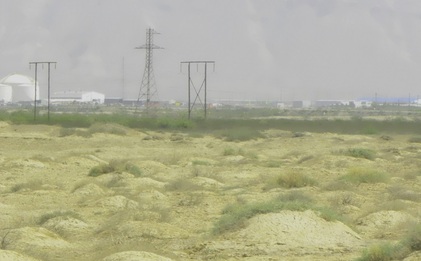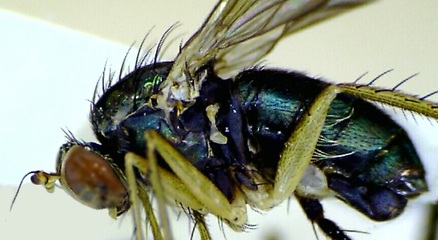Insects & Development
Harwood Biology answers the key questions arising from
potential conflicts between important insects and development projects:
In order to demonstrate to decision makers and other stakeholders that these issues have been addressed, a range of services are offered by Harwood Biology.
- Will my project affect important insect species?
- How would their presence affect the success of
my project?
- How do I provide decision makers with the
information they need?
- How do I reduce the impacts of my proposals on
important insects?
- How do I show the measures I am taking are
working?
In order to demonstrate to decision makers and other stakeholders that these issues have been addressed, a range of services are offered by Harwood Biology.

Habitat assessment
Whether or not any given project location is likely to support insects of conservation importance or relevance to a planning submission is a key issue which often challenges generalist ‘one stop shop’ environmental consultancies
Probability based assessments are used to identify the likelihood of important species occurring on any given site. This approach is strongly evidence-based and transparent. The findings provide the opportunity for constructive dialogue and informed, cost-effective action, where necessary.
Scoping and survey
In those cases where a site may support insects of ecological importance, the habitat assessment is used to formulate a cost-effective survey scope, including the appropriate techniques and timescale, to deliver the information that is required.
Whether or not any given project location is likely to support insects of conservation importance or relevance to a planning submission is a key issue which often challenges generalist ‘one stop shop’ environmental consultancies
Probability based assessments are used to identify the likelihood of important species occurring on any given site. This approach is strongly evidence-based and transparent. The findings provide the opportunity for constructive dialogue and informed, cost-effective action, where necessary.
Scoping and survey
In those cases where a site may support insects of ecological importance, the habitat assessment is used to formulate a cost-effective survey scope, including the appropriate techniques and timescale, to deliver the information that is required.

Identification
Accurate identification of specimens is of critical importance. The latest taxonomic research is used, to provide confidence that specimens are named correctly.
Impact assessment
If insects of ecological importance have been confirmed as present, a detailed evaluation of their significance on site is carried out, together with an accurate assessment of the likely effects of a project on the populations concerned.
Accurate identification of specimens is of critical importance. The latest taxonomic research is used, to provide confidence that specimens are named correctly.
Impact assessment
If insects of ecological importance have been confirmed as present, a detailed evaluation of their significance on site is carried out, together with an accurate assessment of the likely effects of a project on the populations concerned.

Mitigation and design
An evidence-based approach is used to demonstrate how the effects of a project on important insect species may be avoided or mitigated. The approach is based upon the philosophy that simple actions, carried out in a timely and efficient way, can avoid or reduce the majority of likely impacts.
Monitoring
Statistical models are used to design and execute monitoring programmes. These systems enable monitoring results to be clearly evaluated in the light of the terms of reference, providing a highly focussed and cost effective service.
An evidence-based approach is used to demonstrate how the effects of a project on important insect species may be avoided or mitigated. The approach is based upon the philosophy that simple actions, carried out in a timely and efficient way, can avoid or reduce the majority of likely impacts.
Monitoring
Statistical models are used to design and execute monitoring programmes. These systems enable monitoring results to be clearly evaluated in the light of the terms of reference, providing a highly focussed and cost effective service.